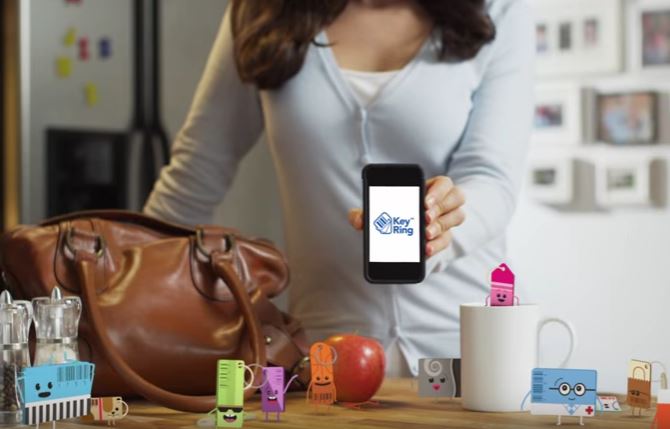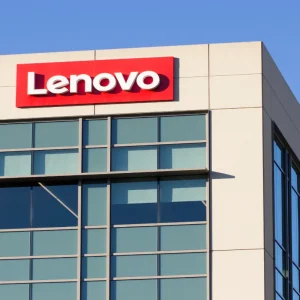
There are many benefits to using your smartphone to pay. It means one less thing to carry, since a smartphone is usually kept close to or on the person. It is also a more secure way of paying than a card, since it can be used to add additional layers of authentication such as fingerprints.
Increasingly, the scope of a mobile wallet is widening. Verifone hopes to expand the functions of point-of-sale systems with its new Engage platform, which turns a payment terminal into a computer itself that can interact more profoundly with your phone.
This could allow mobile wallets to store not only credit or debit card information but also loyalty cards, coupons and discount codes and use them while out and about.
Some mobile wallet solutions are, however, proprietary and can only be found on specific devices such as iPhones (Apple Pay) or Samsung devices (Samsung Pay).
CBR rounds up some wallets that are more widely available.
1. Gyft
This free mobile wallet, available as an app for iOS and Android, focuses on the gift card arena, allowing users to buy, sell and redeem their gift cards.
As well as the consumer-facing application, Gyft works with businesses, allowing them to buy gift cards in bulk for employee rewards or customer incentives, as well as to create custom gift cards for SMEs. There is also a developer offering including a Gyft API.
The application has been featured on the Ellen DeGeneres show and can be used for outlets such as Amazon, iTunes, Starbucks, Hotels.com and ebay.
The product was launched in 2012 by Mark Levitt and CJ MacDonald of ChessCube and Luminate respectively.
2. LevelUp
Also free from Google Play and the App Store, LevelUp integrates with over 40 point of sale systems and dozens of e-commerce and online ordering platforms.
The customer simply downloads the free app and links a card to it. Then they can tap to pay using their phone’s NFC capabilities, if applicable.
However, even if the phone isn’t NFC-capable, they can also scan the QR code on the phone to pay in-store.
Alternatively, they can enter credentials online to check out.
Immediately after paying the customer receives a digital receipt.
3. Key Ring
This wallet, aimed at loyalty cards, uses barcodes rather than NFC to pay. The phone’s camera is used as a barcode scanner to upload the image of a barcoded cards onto the app.
When paying at the store, the app displays a barcode that clerks can scan. Customers will no longer need to carry loyalty or membership cards around and can simply deploy them from the app when needed.
The app’s remote back-up to the cloud will mean that there is no danger of losing these cards even if the phone itself is lost.
You can also share a Key Ring account with another user, such as a spouse, if both have the app installed.
4. Android Pay
Available free for all Android devices, Android Pay is set for a UK launch in the next few months and will support MasterCard and Visa credit and debit cards from major financial institutions.
These include Bank of Scotland, First Direct, Halifax, HSBC, Lloyds Bank, M&S Bank, MBNA and Nationwide Building Society.
Google says that it has teamed up with leading payment platforms, processors and technology providers to make it easier to accept Android Pay.
It will be available on all NFC-enabled Android devices running KitKat 4.4 and above, and can be used at any store with NFC technology.
Google’s payment solution has already been launched in the US, with Google stating that 1.5 million new registrations are happening per month.









